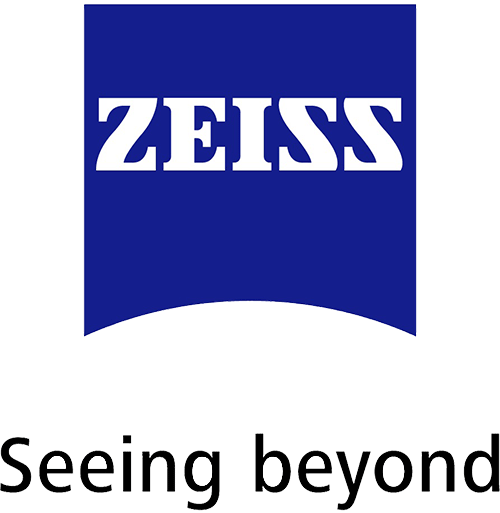Correlative microscopy is not a single technique but a varied collection of techniques that share a common approach. By applying several different microscopy techniques to a single sample, scientists can study it at a much broader range of magnifications than is possible with a single technique. This allows them to conduct an initial low-magnification inspection of a sample to identify specific regions of interest (ROIs), which they can then zoom in on for a more detailed analysis, saving time and expense.
There are other important advantages as well. Correlative microscopy allows scientists to study a greater diversity of samples, as some microscopy techniques work better with some materials than others, and to generate a much greater range of information about those samples at various different scales.
This Essential Knowledge Briefing aims to provide a simple introduction to correlative microscopy. It describes the different microscopy techniques that are commonly combined together, outlines the benefits and challenges of these different combinations, and explores how correlative microscopy will develop and advance in the future.

